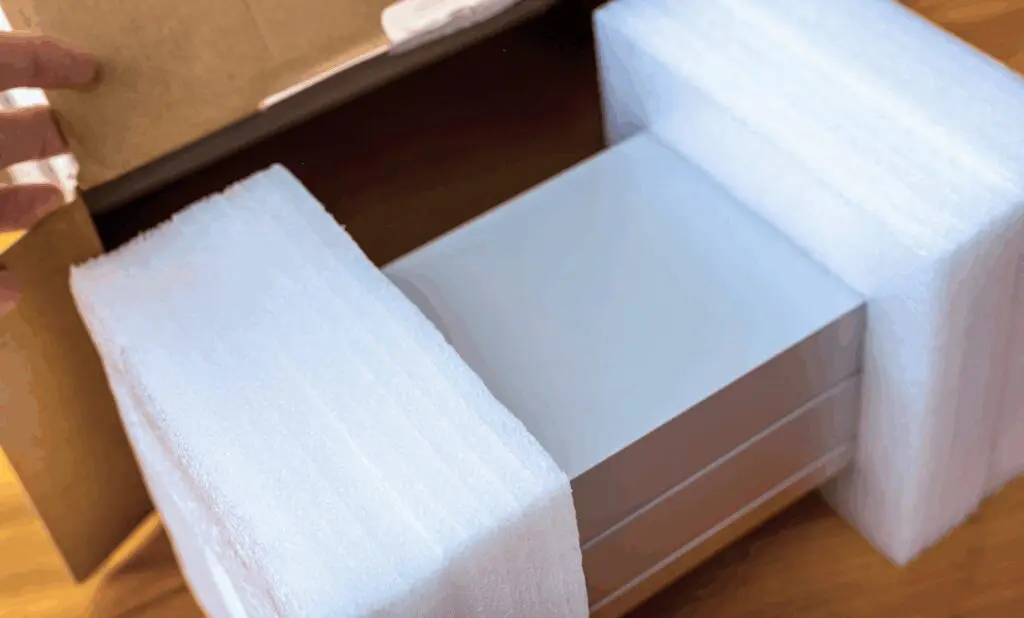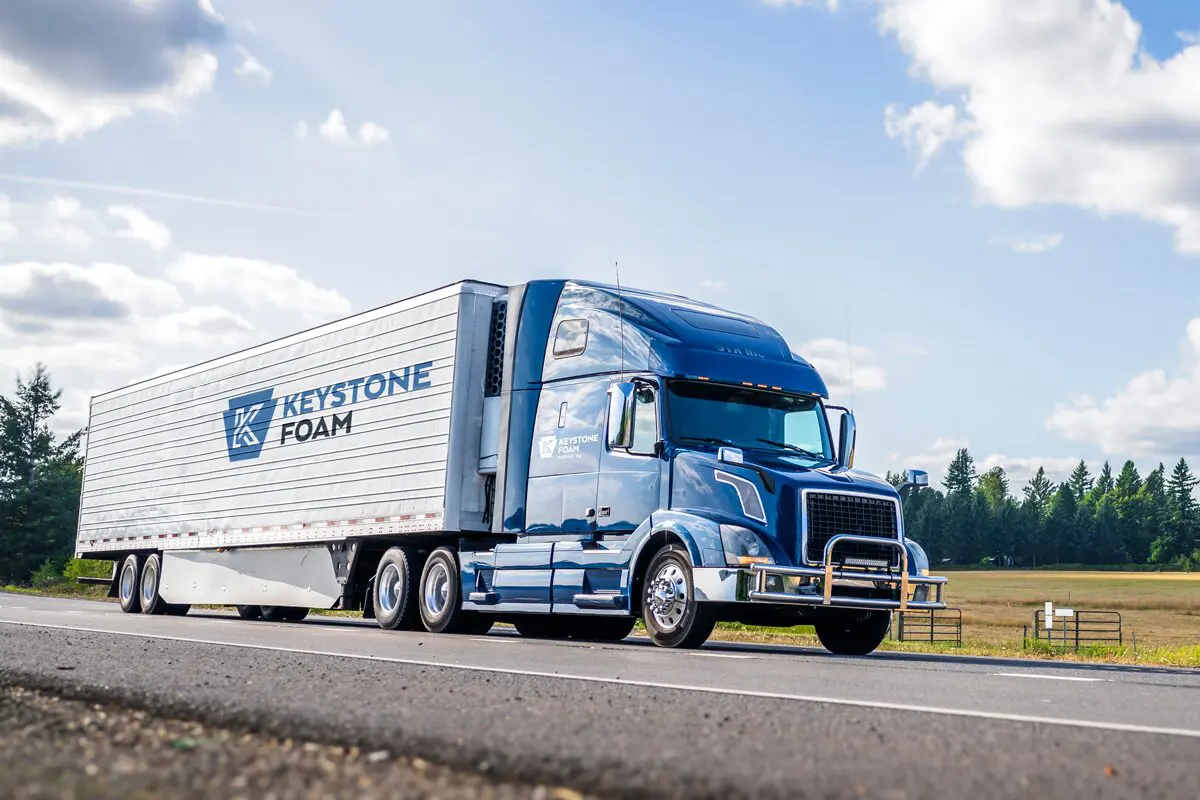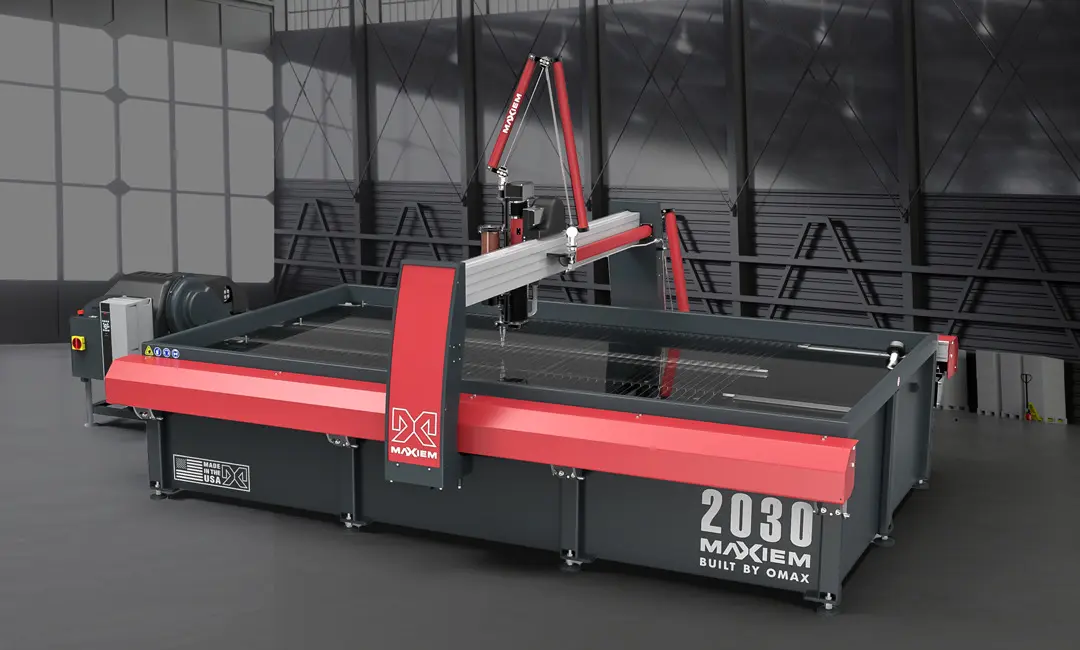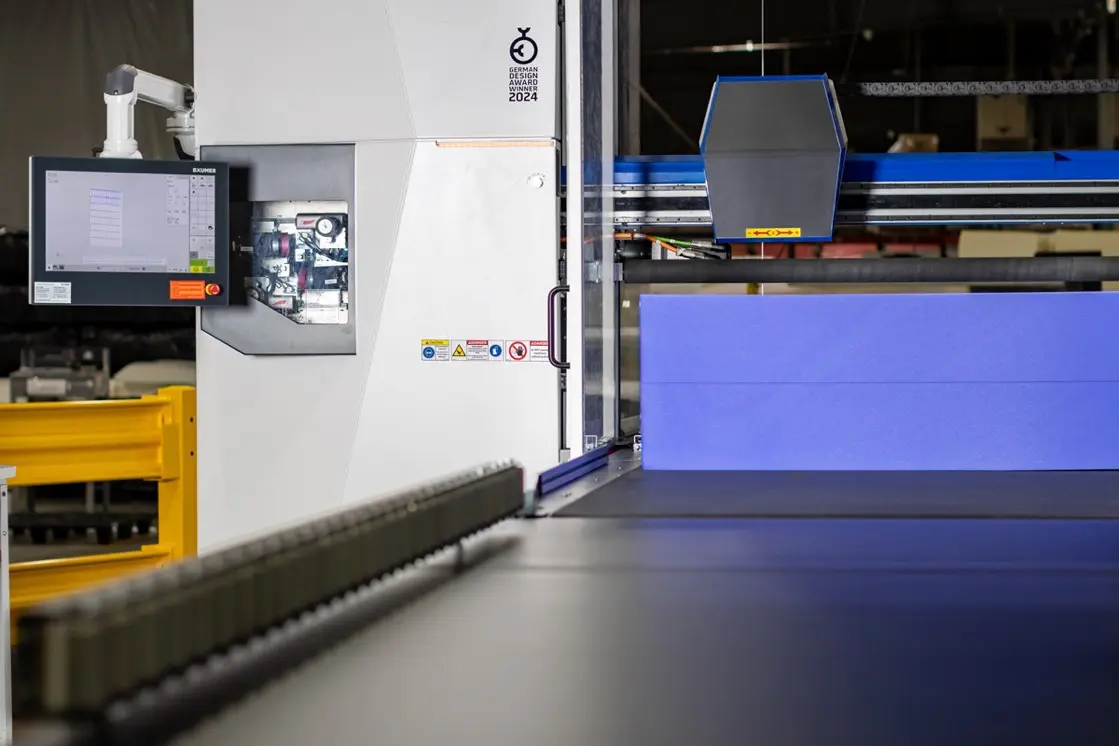
Shipping fragile or high-value products comes with inherent risk. From electronics to heavy industrial equipment, even minor impact during transit can cause costly damage and delays. This is where the crucial role of customized foam solutions, designed to keep products safe in transit, becomes apparent for businesses in logistics, distribution, and manufacturing.
Choosing the best foam for packaging fragile items isn’t only about material—it’s about designing a protection strategy that matches your product, shipment type, industry, and distribution chain. Here are the top five best practices for protecting fragile shipments:
1. Custom Fit Matters
Generic packaging like bubble wrap or loose fill often fails under the demands of modern supply chains. Custom foam packaging inserts are the gold standard for consistent protection in B2B shipments. Foam inserts ensure each product is held securely in place, minimizing vibration and shock. Whether shipping delicate instruments, electronics, or medical devices, precision-cut inserts offer reliable protection inside the box or crate.
2. Layered Protection for Heavy or Complex Items
Industrial equipment, aerospace components, and defense shipments demand packaging that can withstand rough handling and long transit times. Multi-density layered foams (MDL) combine softer cushioning with denser layers for impact absorption. MDL foam solutions are a proven best practice to help military and industrial packaging meet performance standards while reducing in-transit failures.
3. Kitting for Multi-Part Shipments
At Keystone Foam, kitting is a core service that combines protective foam engineering and packaged assembly when multiple components ship together. Our custom foam kitting solutions integrate materials such as PU, PE, and XLPE with packaging formats like corrugated trays, pallet systems, display cases, or shipping boxes to deliver complete packaging kits. This approach separates and secures each item within a single case or box, preventing abrasion and supporting just-in-time fulfillment. The result is smoother assembly, reduced handling, and fewer damaged shipments for distributors and OEMs.
4. Scaling for High-Volume Fulfillment
E-commerce and 3PL providers face the challenge of protecting fragile products at scale. For these markets, closed-cell protective foams are engineered into repeatable solutions like corner blocks, end caps, or tray inserts. These foam solutions can be quickly integrated into fulfillment or distributor packaging systems. Standardizing foam components helps fulfillment centers maintain efficiency while reducing damage-related returns.
5. Instrumentation Casework for Specialized Equipment
For precision tools, drones, medical devices, and field instrumentation, packaging requires more than a box. Keystone Foam provides custom casework inserts designed for sensitive medical equipment, military gear, or tools. By partnering with a local case manufacturer, we deliver complete case and foam solutions, offering businesses one-stop access to rugged, reliable protection. These casework systems allow delicate equipment to travel securely while presenting a professional appearance.
Markets That Benefit Most from Custom Foam Packaging Solutions
• Logistics & Distribution (3PL, fulfillment): Custom protective packaging reduces claims, keeps inventory moving, and improves customer satisfaction.
• Electronics & Medical Device Shipping: Precision-cut inserts and abrasion-resistant foams protect sensitive, high-value products.
• Industrial & Military Packaging: Multi-density and heavy-duty foams, layered systems, and custom crate inserts safeguard large machinery and defense equipment.
• Automotive & Aerospace Suppliers: Custom kitting solutions streamline assembly shipments while preventing costly in-transit damage.
Why Keystone Foam?
With more than 40 years of expertise, Keystone Foam partners with distributors, OEMs, and fulfillment centers to design foam packaging solutions that align with industry standards and real-world shipping conditions. Our solutions, from custom foam inserts for packaging to precision-cut multi-density systems, are built to significantly reduce risk, improve efficiency, and protect fragile products throughout the supply chain, providing you with peace of mind.
—
FAQs
What types of foam are best for packaging fragile items?
The best foam depends on the product and industry. Keystone Foam uses PU, PE, XLPE, and multi-density foams to deliver cushioning, impact resistance, and reliable protection.
How do custom foam inserts improve protection during shipping?
Custom foam inserts hold products securely in place, reducing vibration and shock. This ensures consistent protection for electronics, medical devices, and other delicate items.
What is kitting and why is it valuable for multi-part shipments?
Kitting secures multiple components in one case or box with custom foam inserts. It reduces handling, prevents abrasion, and supports industries like aerospace, automotive, and medical devices.
Which industries benefit most from Keystone Foam’s packaging solutions?
Logistics, 3PL, electronics, medical devices, industrial, military, automotive, aerospace, and instrumentation markets all rely on Keystone Foam’s protective packaging solutions.






